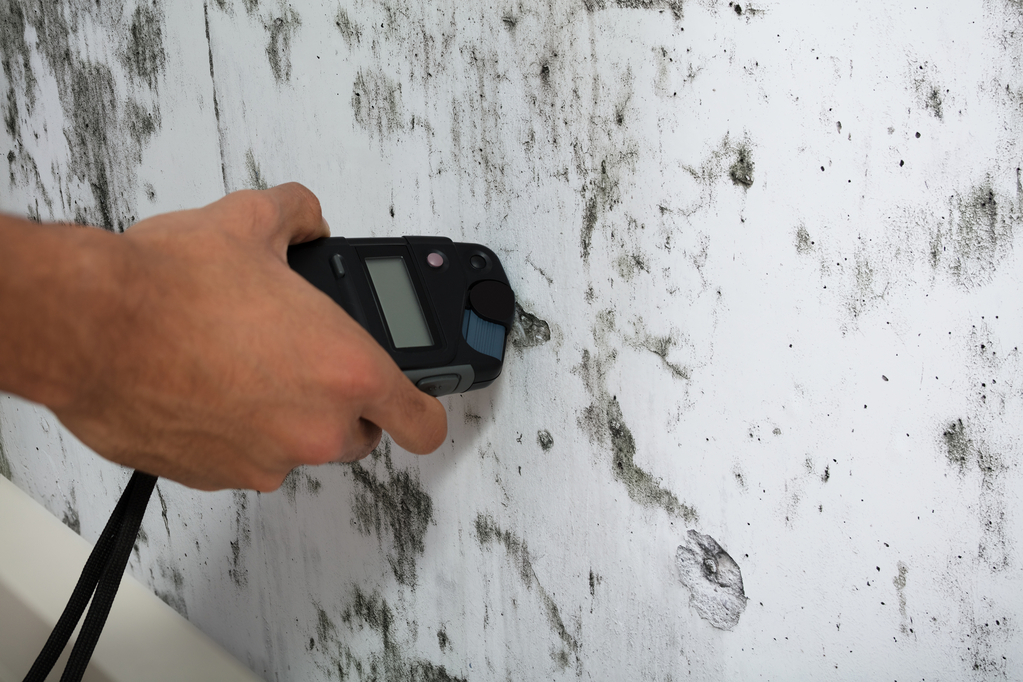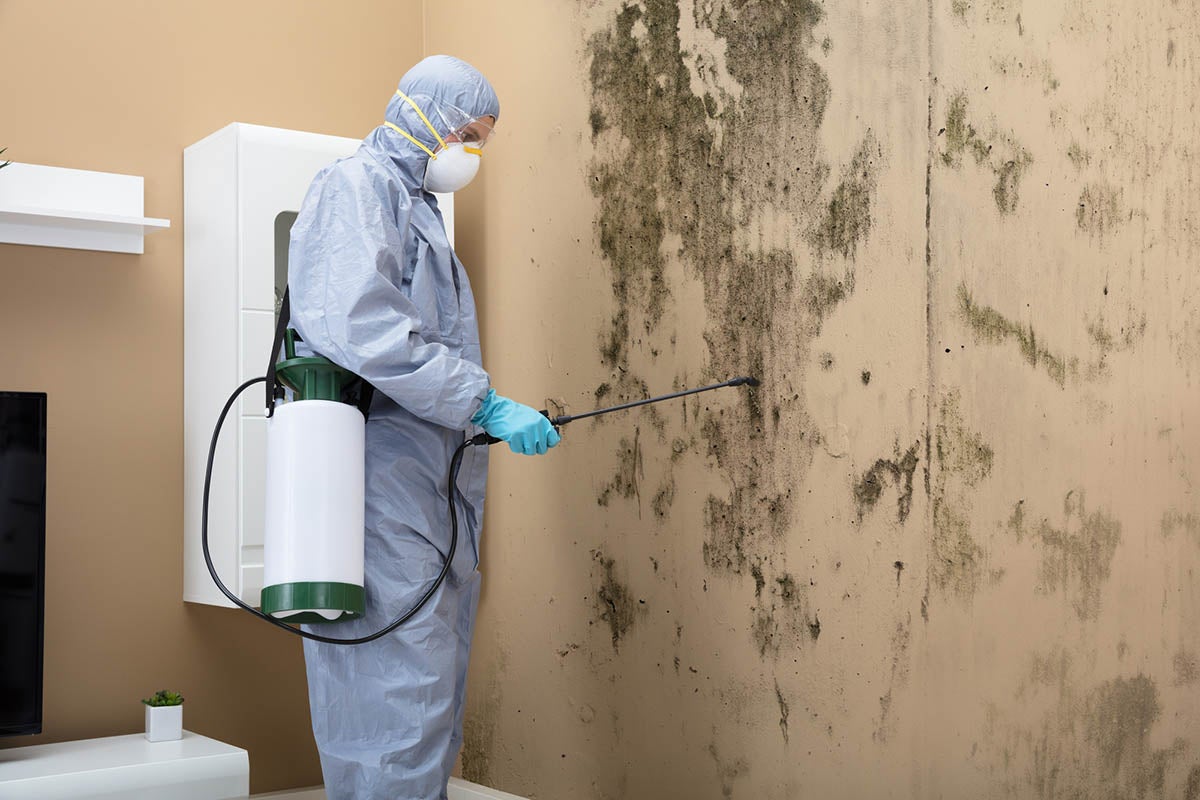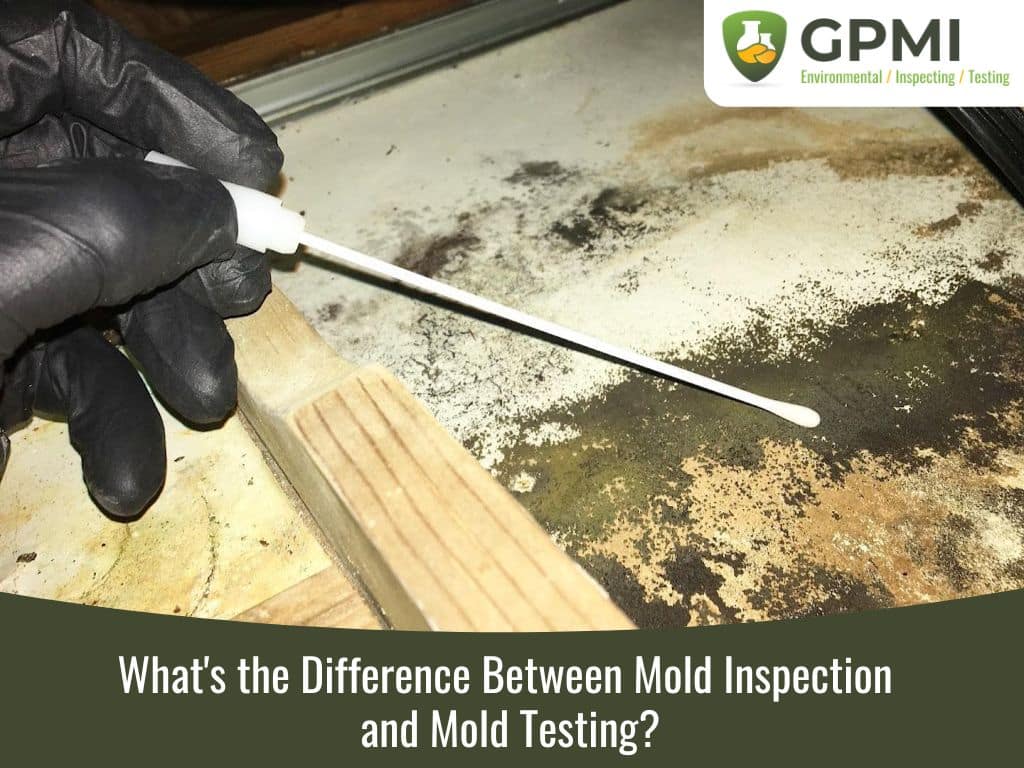Your Ultimate Guide to Blog Post Mold And Mildew Remediation Methods
Browsing the world of post-mold removal techniques is a careful procedure that requires focus to detail and a thorough understanding of the intricacies included. In the aftermath of mold and mildew problem, recognizing exactly how to efficiently get rid of the mold and stop its reoccurrence is critical for keeping a healthy interior setting. From selecting the best cleaning and sanitizing methods to implementing strategies for long-lasting mold prevention, each step in the removal trip plays a crucial function in ensuring a successful result. As we start this exploration of post-mold remediation strategies, we will certainly uncover the vital strategies and best practices that can assist you restore your area to its pre-mold problem and protect it versus future mold and mildew dangers.
Comprehending Post-Mold Removal Process
After finishing the mold and mildew remediation procedure, it is important to understand the post-mold removal methods that are required to make sure a comprehensive and efficient cleaning. When the mold and mildew has been removed, the following step includes cleaning and disinfecting the impacted areas to protect against any kind of regrowth of mold and mildew. This includes making use of specialized cleaning up representatives to wipe down surfaces and kill any remaining mold spores. It is important to dry the location completely to inhibit the growth of mold in the future (After mold remediation). Correct air flow and dehumidification can assist in this procedure.
Furthermore, performing a last inspection post-remediation is important to make certain that all mold and mildew has actually been successfully removed. If the inspection exposes any type of lingering mold and mildew, added removal might be essential.
Efficient Cleaning and Sanitizing Methods

Avoiding Future Mold And Mildew Growth

Value of Correct Air Flow
Appropriate air flow plays a critical function in avoiding wetness buildup, an essential consider mold growth within indoor atmospheres. Efficient ventilation systems aid eliminate excess moisture from the air, reducing the possibilities of mold and mildew spores discovering the dampness they need to sprout and spread. Without appropriate air flow, indoor areas can become a reproduction ground for mold, leading to prospective wellness dangers and structural damage.
By making certain appropriate air circulation, ventilation systems can likewise aid in drying wet locations faster after water damages or flooding incidents, further preventing mold and mildew development. what to do after mold remediation. In spaces like shower rooms, cooking areas, basements, and attic rooms where dampness degrees tend to be higher, you could check here setting up and preserving efficient air flow systems is essential in protecting against mold invasions

Surveillance and Upkeep Tips
Given the essential function that appropriate air flow plays in avoiding mold and mildew development, it is important to establish reliable tracking and upkeep ideas to make certain the ongoing capability of air flow systems. Tracking humidity degrees within the residential or commercial property is also critical, as high moisture can add to mold development. By remaining proactive Homepage and mindful to the problem of air flow systems, residential or commercial property proprietors can efficiently minimize the risk of mold and mildew regrowth and preserve a healthy and balanced indoor setting.
Conclusion
To conclude, post-mold removal strategies are necessary for making sure a safe and tidy atmosphere. Comprehending the procedure, carrying out effective cleaning and decontaminating methods, avoiding future mold and mildew growth, keeping appropriate air flow, and regular monitoring are all critical steps in the remediation process. By complying with these standards, you can efficiently remove mold and mildew and prevent its return, working or advertising a healthy living room for all passengers.
In the after-effects of mold and mildew problem, knowing how to properly get rid of the mold and stop its reoccurrence is paramount for keeping a healthy indoor setting. Once the mold and mildew has actually been gotten rid of, the next step entails cleaning and sanitizing the influenced locations to protect against any kind of regrowth of mold and mildew - what to do after mold remediation. After getting rid of read this noticeable mold and mildew growth, it is vital to cleanse all surfaces in the damaged area to remove any remaining mold spores. To additionally enhance mold prevention actions, it is essential to attend to underlying problems that originally led to mold development.Offered the crucial duty that appropriate ventilation plays in preventing mold growth, it is imperative to establish reliable tracking and upkeep pointers to guarantee the continued functionality of ventilation systems